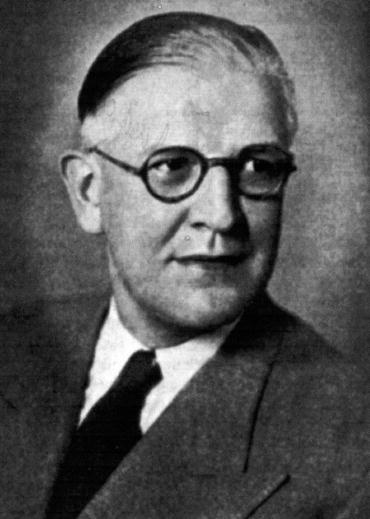(1)
Department of Plastic Surgery, University Hospital Leiden, Leiden, The Netherlands

It frequently surprises me when the subject of plastic surgery is brought up that even though McIndoe died 55 years ago, the name of Archie McIndoe is nearly always mentioned. Many people seem to be living with the misconception that he was the founder of modern plastic or cosmetic surgery, if not in Britain then in the world! There is no doubt that he was a very successful and talented plastic surgeon with a forceful yet charming personality, but he was not the founder of the specialty. In fact in 1919, when McIndoe had just begun to study medicine in New Zealand, Harold Gillies had asked Thomas Kilner to join him as a partner in his plastic surgery practice in London. As explained elsewhere, it was unquestionably Gillies to whom the title of ‘founder’ belonged in Britain. During the First World War when McIndoe was still at school, Gillies became fascinated with the work of the Frenchman Morestin and decided to take up reconstructive surgery both during and after the war.
McIndoe’s grandfather emigrated from Scotland and settled in the South Island of New Zealand where he took up farming on land close to Dunedin, the ancient Gaelic name for Edinburgh. His son, McIndoe’s father, opened a printing business in Dunedin and married a strong-willed woman, Mabel Hill, who became one of New Zealand’s most respected artists. She bore him three sons and a daughter, Archibald Hector being the second son. Archie, as he was called, was educated at the Otago Boys’ High School, where in his last year, he became head prefect, sergeant major of the cadet corps and a member of the rugby and cricket teams. In later life, he took very little interest in sport and during the Second World War declined a commission in the Royal Air Force, to which decision he owed his success in sidestepping officialdom, red tape and bureaucracy when later he was appointed as a consultant to the Royal Air Force.
There was no medical tradition in the family, but in 1919, Archie decided to study medicine at the Otago Medical School which until 1965 was the only medical school in the country. The medical students were considered the elite of the student corps, and Archie was fond of parties and pranks but apparently worked just hard enough to pass the exams comfortably. It was at a party that he first saw a dark-haired, pretty young woman, Adonia Aitkin. She was a talented pianist and according to her it was love at first sight. They spent the rest of their student days together and ultimately married. Archie was an above average student according to his contemporaries, but during his final year, he showed signs of things to come when he won prizes for clinical medicine and surgery.
After completing the 5-year medical course, Archie qualified in 1923 and spent his 1st year as a house surgeon in Hamilton at the Waikato Hospital in the North Island. It was during this period that he received a letter from his old medical school informing him that he had been selected as a candidate for a scholarship at the famous Mayo Clinic in America. There are conflicting accounts about the exact train of events that followed. McIndoe later maintained that he was at first passed over, but after hearing the bad news, he was sitting with his head in his hands when William Mayo noticed him as he was walking through the university grounds. He paused and asked if there was something wrong, and when McIndoe told him how he had set his heart on going to the Mayo Clinic and how disappointed he was, Mayo was so impressed that he said ‘I’ll see what can be done’. On his way to Dunedin, Archie had met Adonia, his sweetheart from student days in Christchurch, and they decided to marry on the spot. In due course, he learnt that Mayo had arranged a fellowship for him, but the terms of the fellowship stated that the candidates should be unmarried. McIndoe was thus obliged to leave his young bride behind, with the understanding that she would follow him whenever this could be arranged.
He began work as an assistant in Pathological Anatomy at the Mayo Clinic, in Rochester, Minnesota, on 1 January 1925 and published several papers on hepatic disease and biliary problems during the ensuing 2 years. After about a year, a position as lab assistant was arranged for Adonia who was able to join her husband. Once his surgical training began in earnest, he fell under the spell of Balfour, a Canadian who had been invited to join the staff of the clinic. Balfour’s hobby was playing the organ, and when he discovered that McIndoe’s wife, a talented pianist, had arrived, he was able to arrange a job for her in the Palm Court Orchestra of the Mayo Foundation’s own hotel.
Stay updated, free articles. Join our Telegram channel

Full access? Get Clinical Tree








